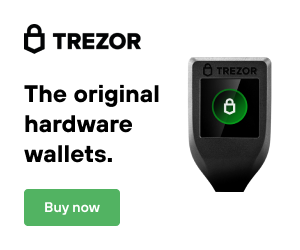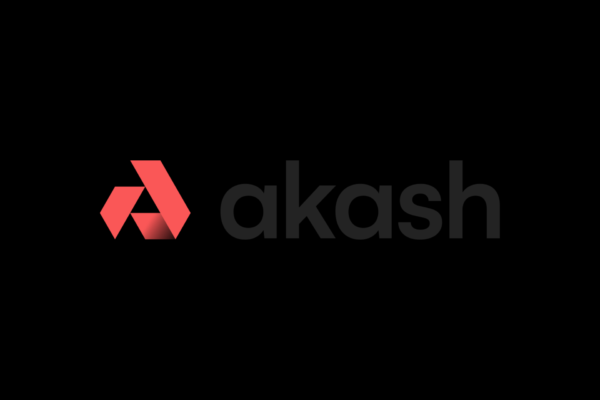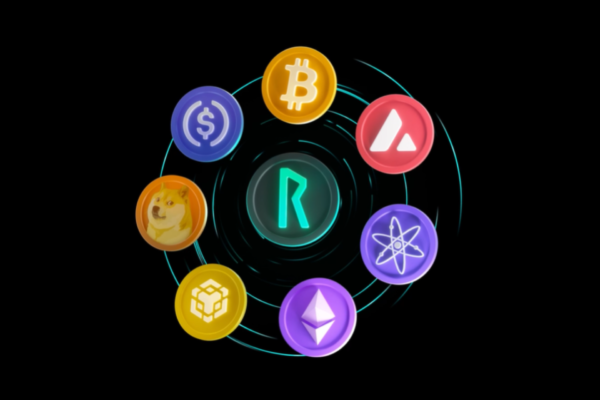“Focus on what you’re good at” is an age old tenet that rings true across most industries. Ethereum is the king of smart contracts and developer ecosystems. The development tools on Ethereum are still among the best in the entire industry and it continues to see increased growth and adoption through new projects. However, the Ethereum network can’t handle the type of throughput it sees currently and struggles as a result. Ethereum’s scaling solutions, Polygon (MATIC) and Arbitrum both stand to keep Ethereum at the top of the crypto charts.

Stock investors spend copious amounts of time and effort to “try and beat the market”. Their goal is to use their trading expertise and “out win” the S&P 500. In the world of crypto, Ethereum, the second largest cryptocurrency, has entire new generations of blockchain targeting its market share and user base aiming to outperform the king. While many of these, like AVAX, SOL, etc. have their own benefits, they still lag significantly behind Ethereum’s growth. Ethereum was the first (first mover’s advantage) and its development capabilities were so advanced that it effectively captured a majority of new crypto projects and smart contract developments in its infancy. As the market grew, so too did fees and the network became congested to the point of almost no return (several hundred dollars for actions). Most people shy away from Ethereum believing that other projects are going to outgain it. The resilience to volatility that Ethereum displays is substantial and makes it possible to have an investment with significant growth percentages still upcoming, without seeing the horrible corrections smaller projects do.
As described in the Ethereum Trilemma, Ethereum’s design can never support the throughput it requires to operate. Scaling solutions are the answer; they let Ethereum provide the backbone and they instead focus on efficiency. The combination of the two is powerful.
Ethereum Scaling
Ethereum’s power lies in the blockchain itself and the programming capabilities within smart contracts and logic it supports. The fees on Ethereum are the major detriment, but it’s also extremely slow to settle transactions compared to other main L1 blockchains. To combat this, two main types of scaling solutions have been developed. And, what we care most about, two projects exist behind this technology that we love. Likewise, some use-cases such as blockchain games make no sense with transaction times and fees. This has created the need for scaling solutions, also known as L2 or Layer 2 solutions. For Ethereum, we believe the biggest plays here are with rollups.
A rollup is a scaling solution that works by simply executing and processing transactions separate from the main Ethereum blockchain and posting the results to the blockchain. This allows for the L2 solutions to handle large quantities of data without the bottleneck and overhead of the Ethereum limitations. But – this raises a huge fundamental question, the answer of which will determine how successful L2 solutions are. How can Ethereum determine if the data these L2 solutions is truthful and accurate? Each type of scaling solution (there are more than rollups) has a unique solution to this problem, which will be discussed in greater detail later. The concept of accuracy and truth in these batch transactions is fundamental to the operation of any blockchain. The power in blockchain technology lies in the fact that it’s nearly impossible to have bad data (fake transactions, hacking etc.) because of the decentralized nature and proofing. But, if a solution can just post data to it without a trusted way to validate and verify the data it really has no purpose.
Out of all the ways to handle this problem, we believe the end solutions lie in the techniques of “Optimistic Rollups” and “Zero Knowledge (ZK) Rollups”. We aren’t looking to master the technology here. Rather, we are looking to identify the projects and solutions that are likely to stick around and grow with Ethereum, making for a great investment possibility. We want to identify the likely solutions and buy them before they become mainstream!
Rollups
There’s a lot more to be said behind the technology here, but the two main scaling solutions we like, ZK and Optimistic rollups, can be described as follows. The security/validation is everything in the Ethereum world.
Optimistic rollups post data to the main Ethereum chain and assume it’s correct (optimistic). If the data is valid, there is no more work to be done, and the solution offers a significant performance benefit over proof of work/stake validation. But, in the case of an invalid or fraudulent transaction, the system needs to identify the transaction, recover the correct state, and penalize the submitter of that transaction. This is a sort of dispute resolution system. In most optimistic rollup designs the submitter (these are people/companies that do the validations independently) have to provide a bond or guarantee in the form of ETH. If a transaction is suspected to be fraudulent, the data is brought to and executed on the main Ethereum chain. If the transaction is bad, whoever sent it has their ETH slashed/taken. Likewise, if someone “accuses” a bad transaction and it ends up not being bad, they too will have ETH taken (you need to bond or guarantee ETH when you submit a fraud proof, too).
The downside with Optimistic Rollups is that they have to wait for everyone to “have a chance” to identify bad data. This means withdrawls and liquidity are very challenging and time consuming, but everything else (for the most part) is fast and cheap.
The other main concept here is a ZK Rollup. ZK rollups forego the aforementioned dispute resolution process entirely. They employ cryptographic proofs that allow for the validity of data to be checked without the costly overhead and time penalties. The downside with ZK solutions is that they are hard to develop and computationally intensive. To the user this doesn’t have much of an impact, but it does weigh in on development/adoption (you need people to program these solutions).
So – with all of this, there are two huge projects in the scaling solution space, with a dark horse third one not far behind, that we believe will win the race. Polygon (MATIC), Arbitrum, and Loopring. These projects will be covered in the next installment of this article!
















